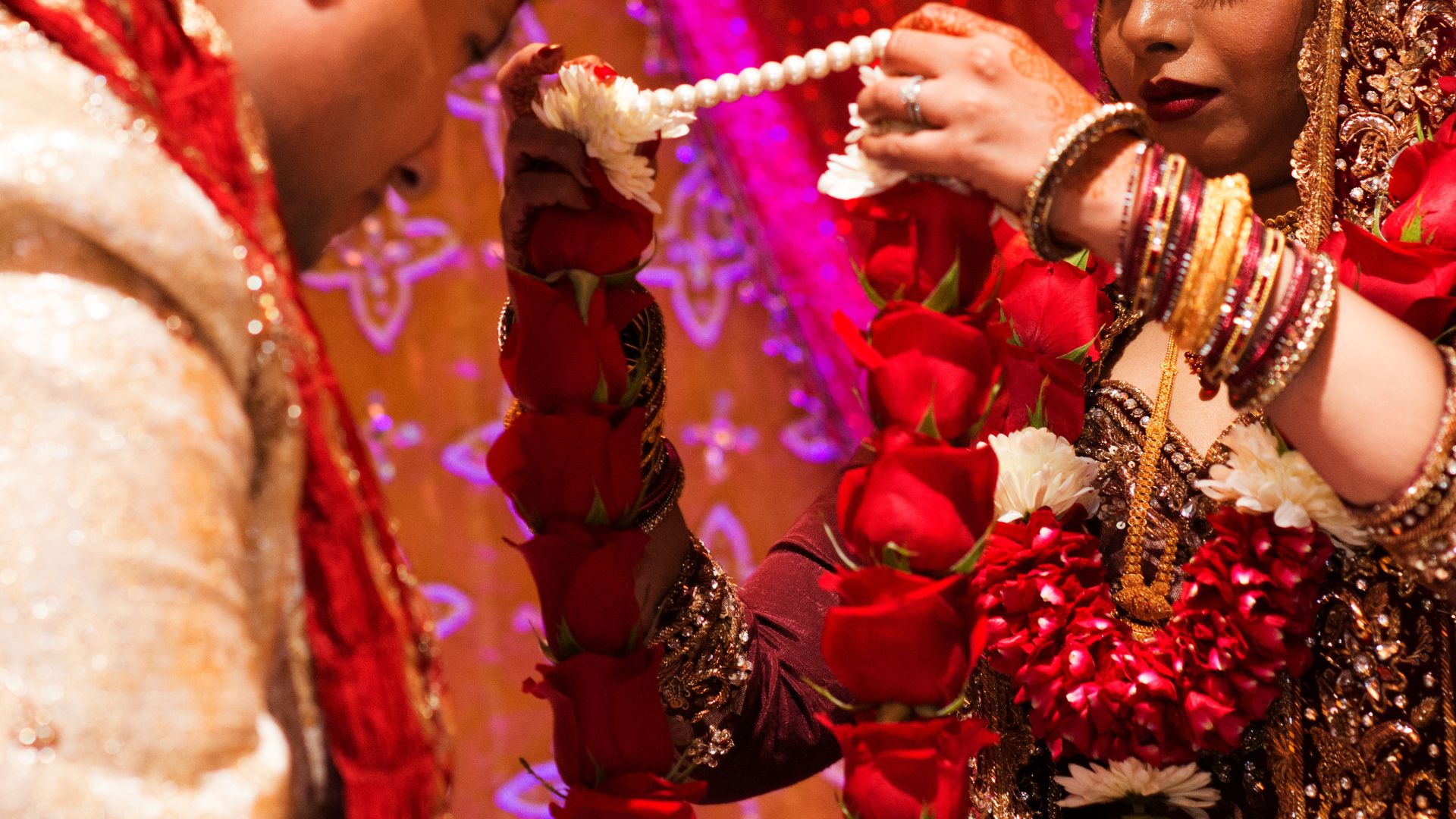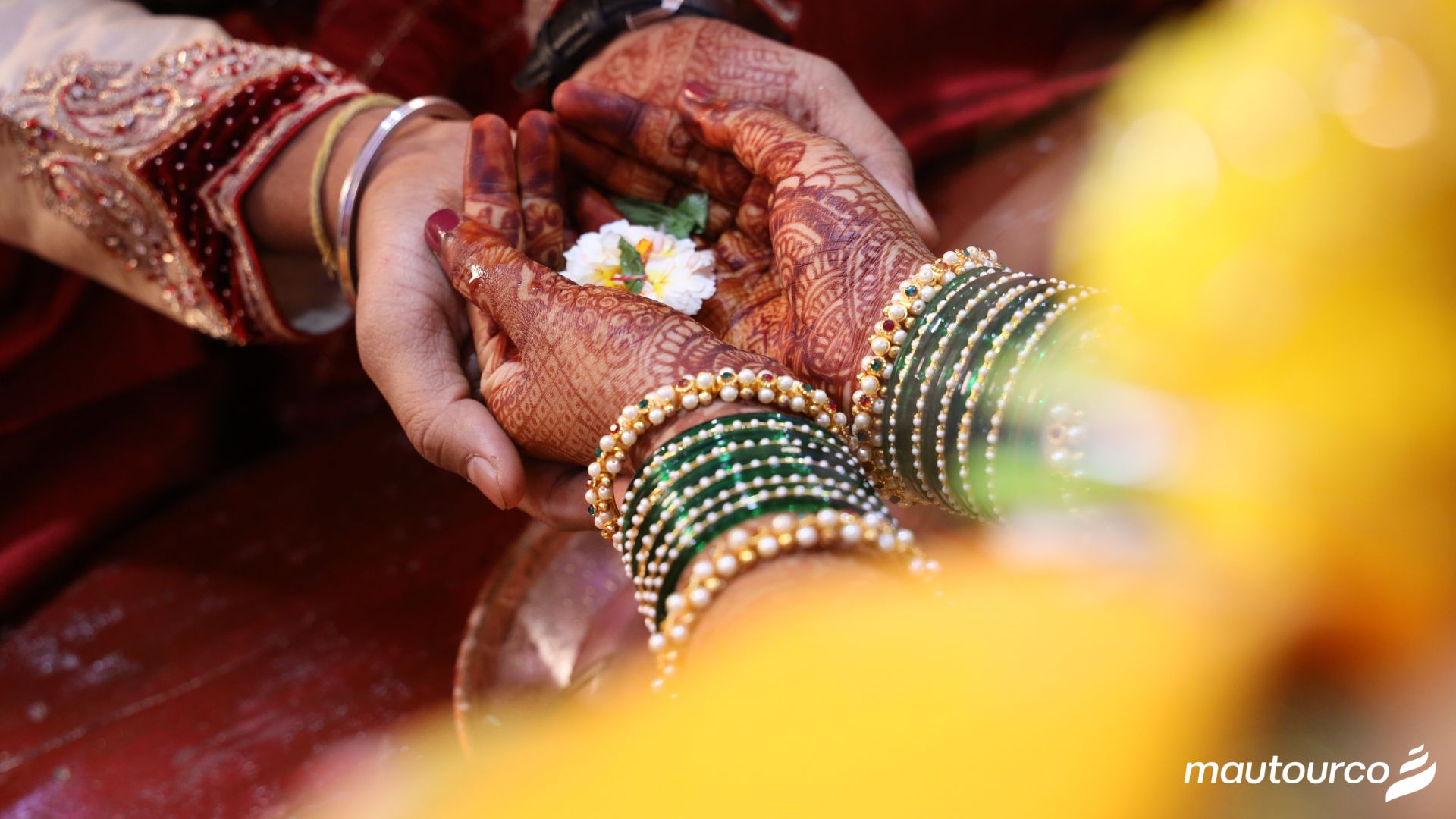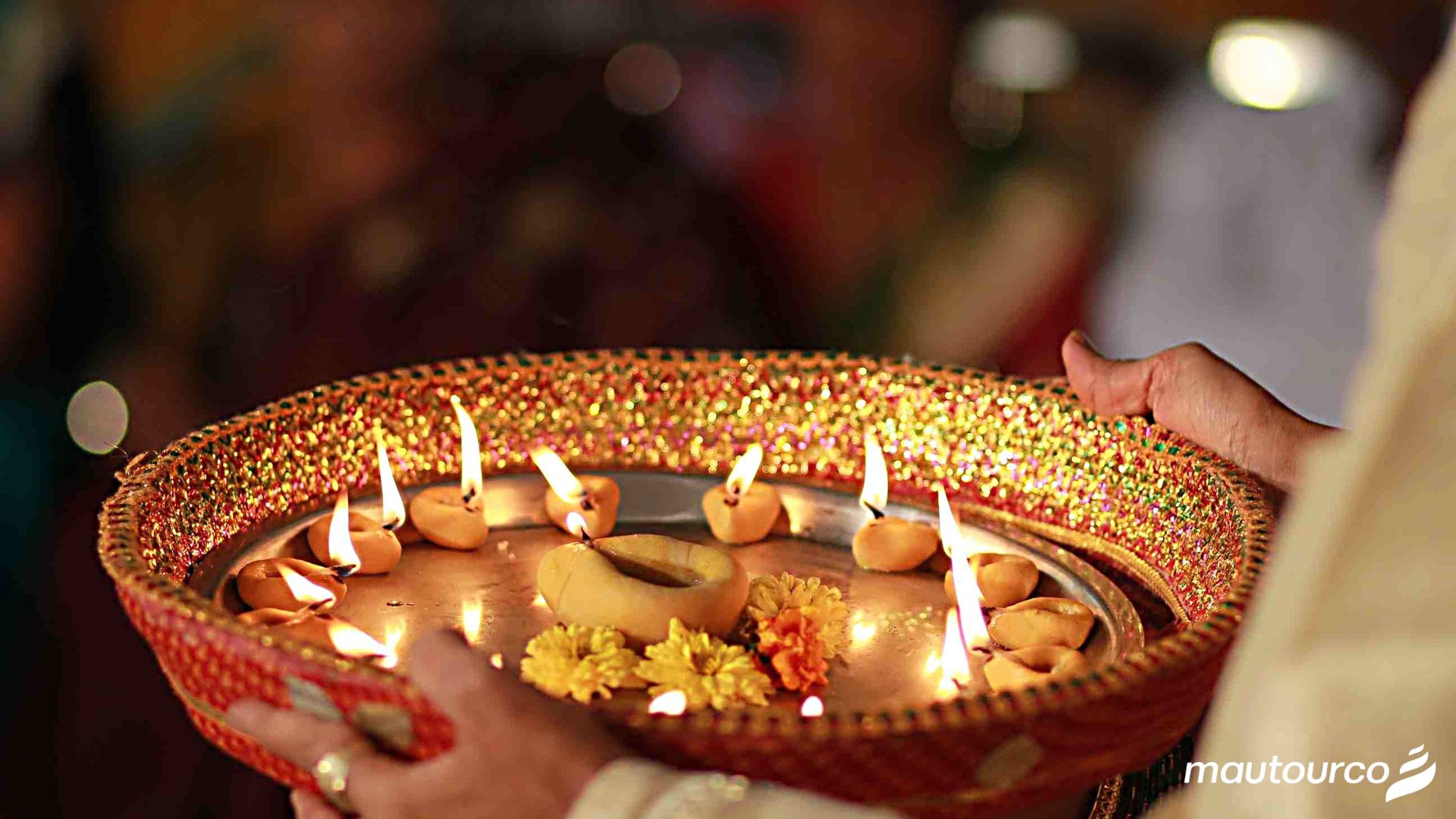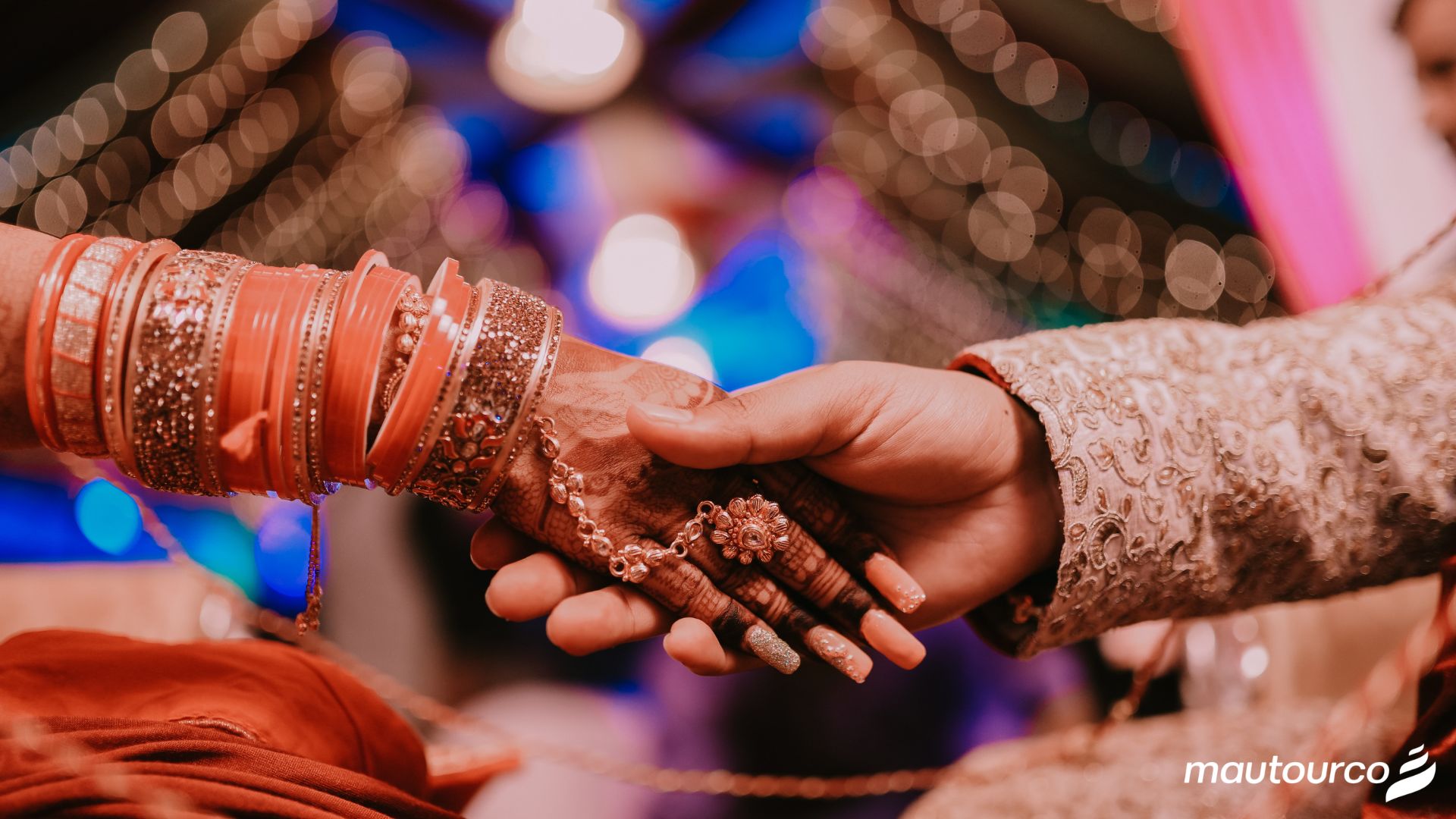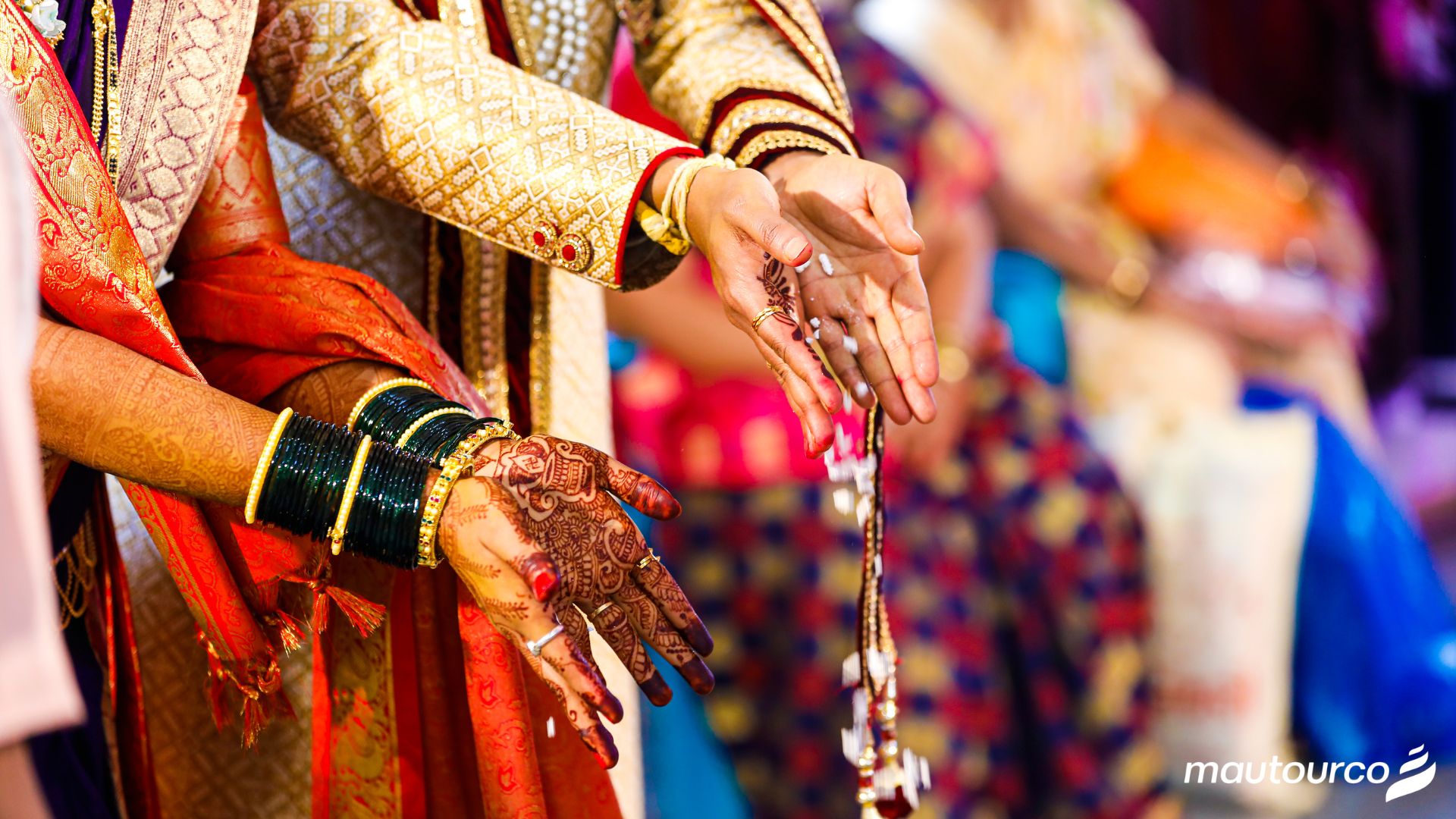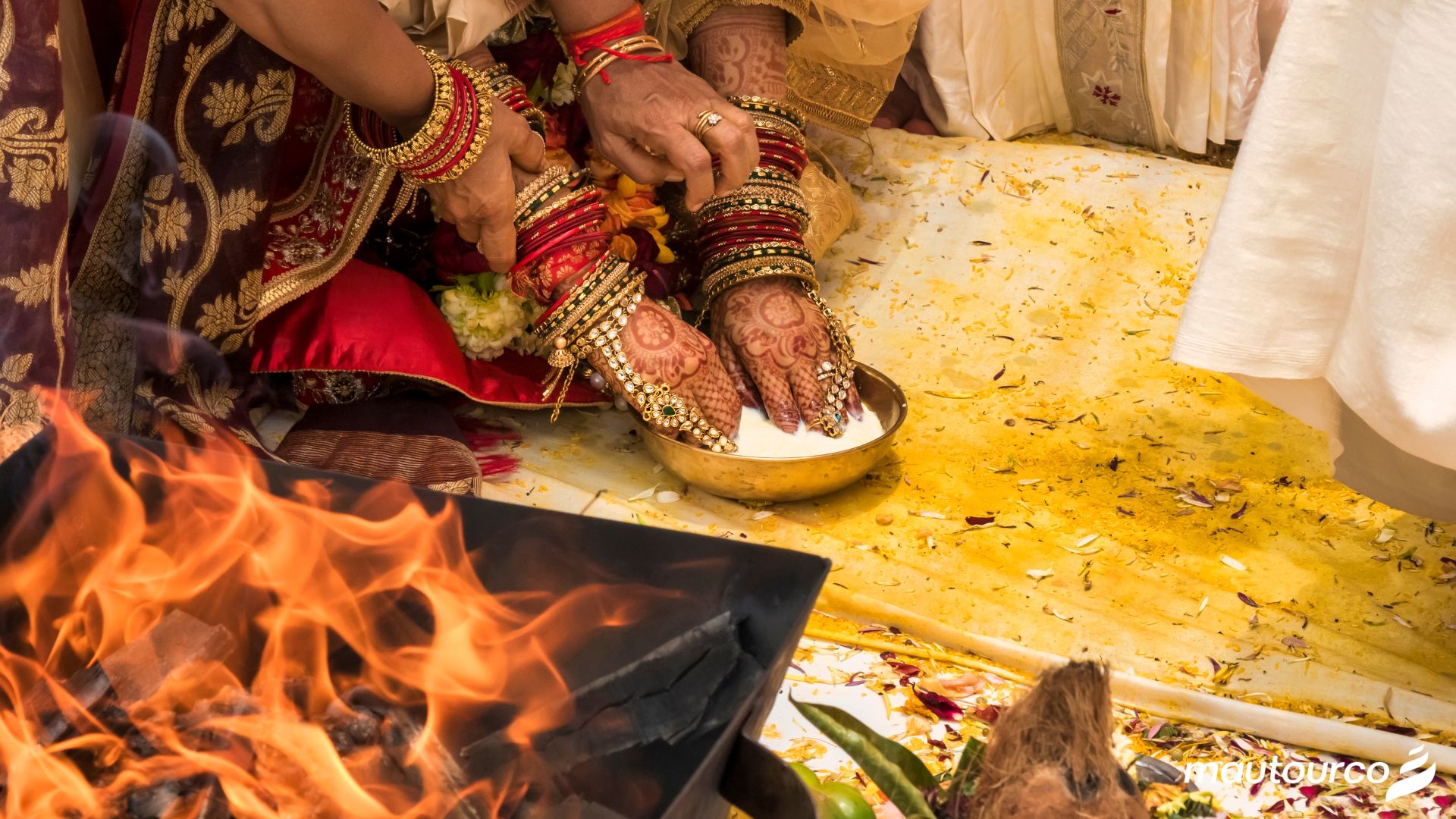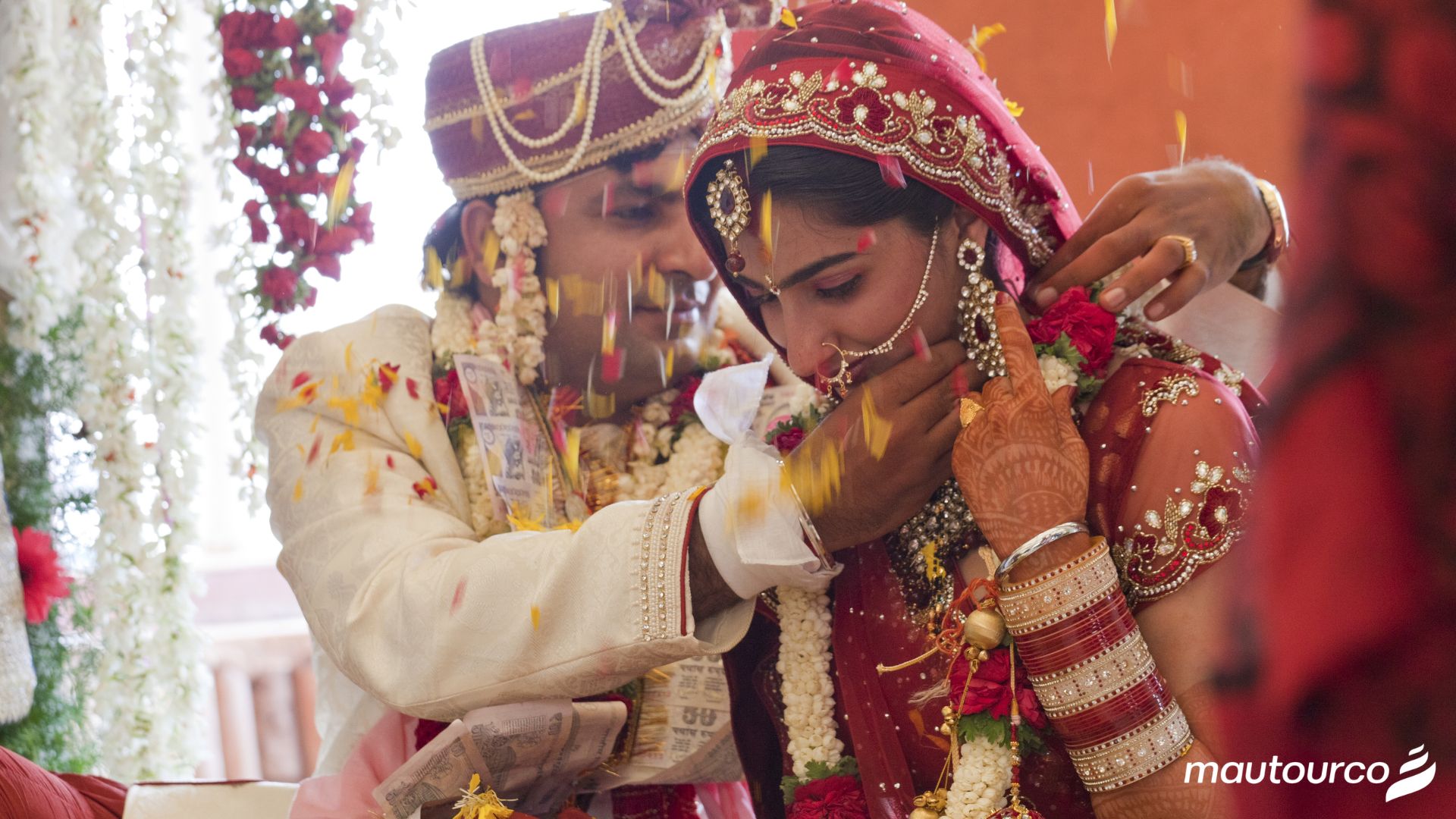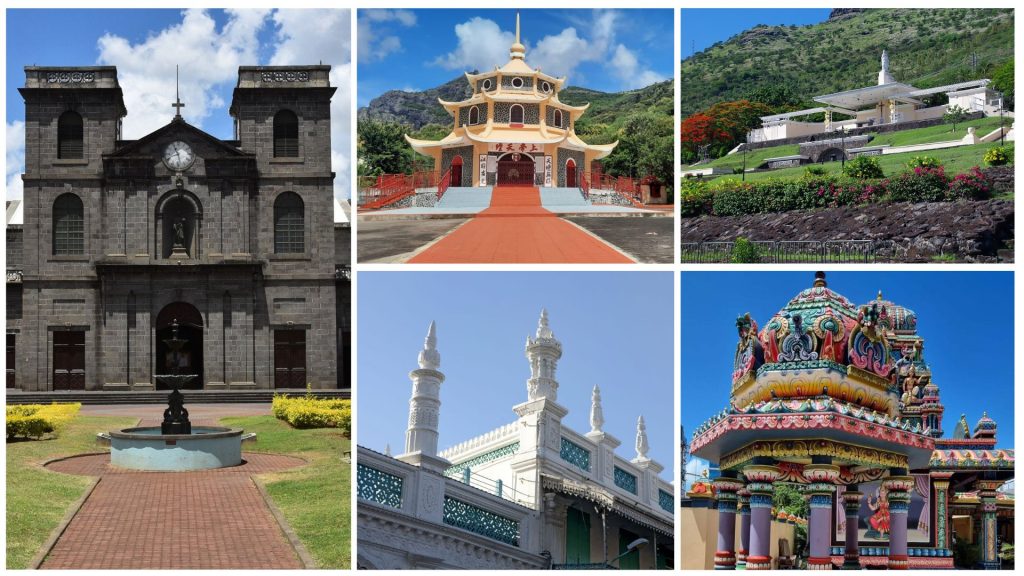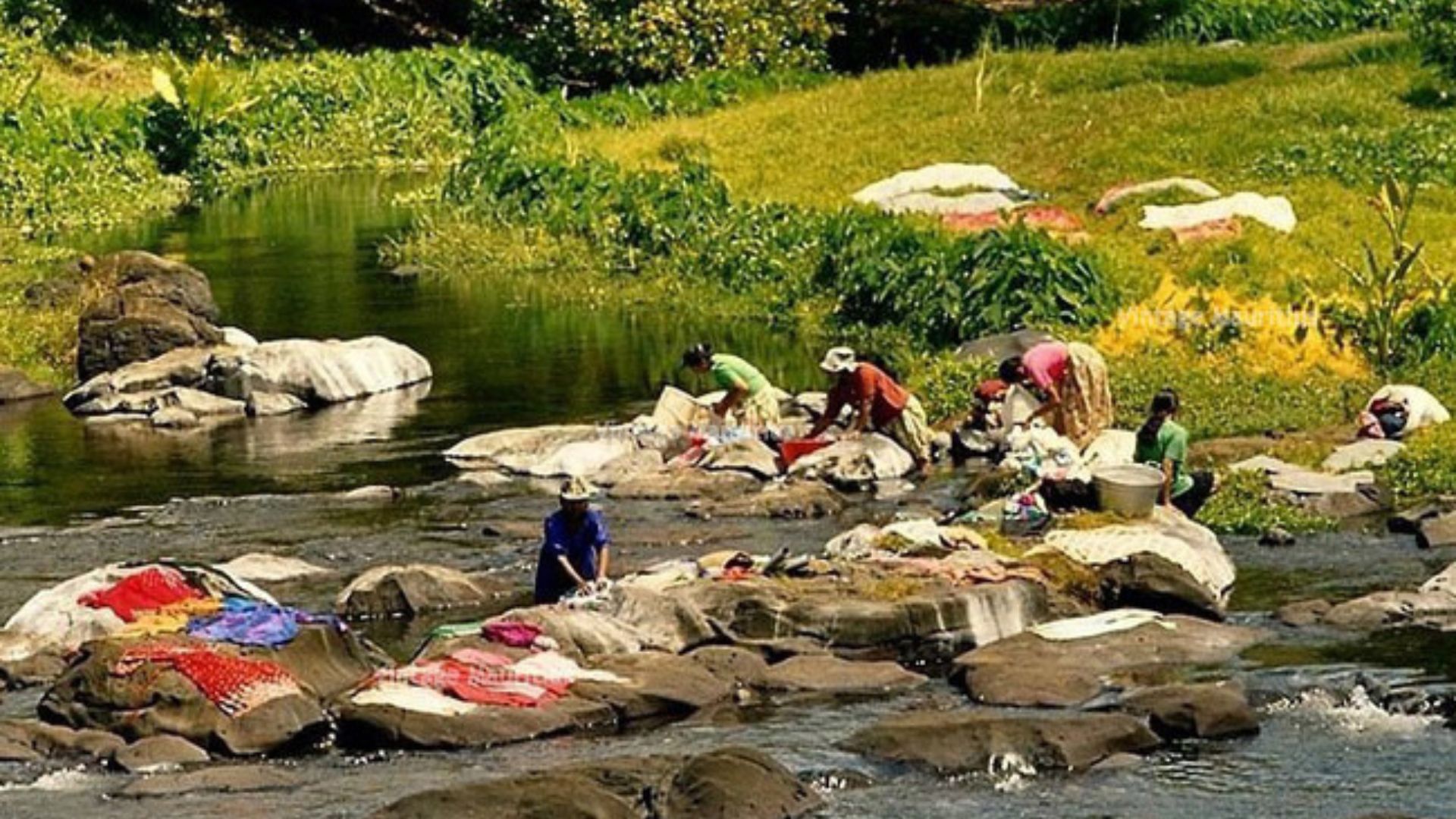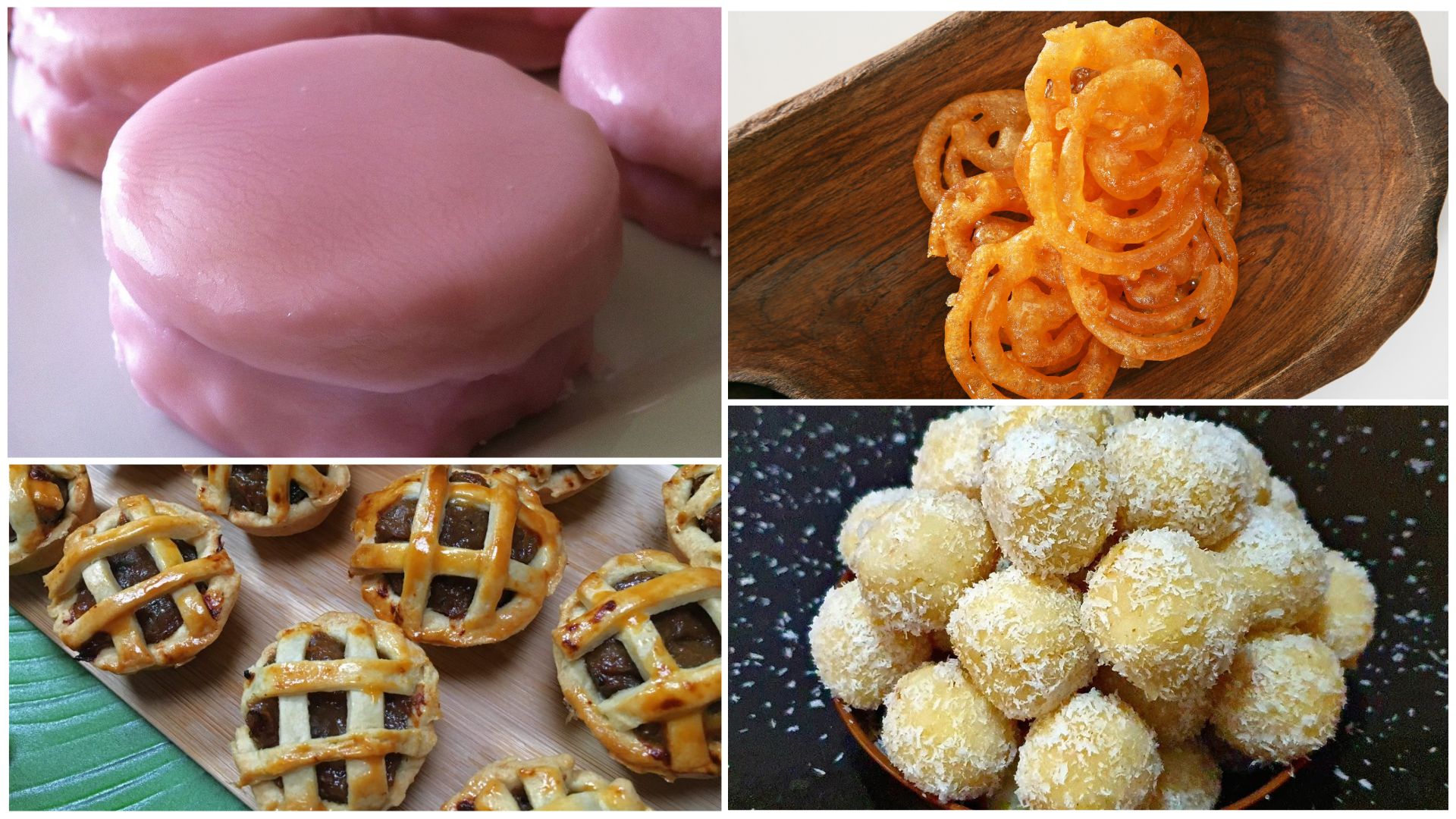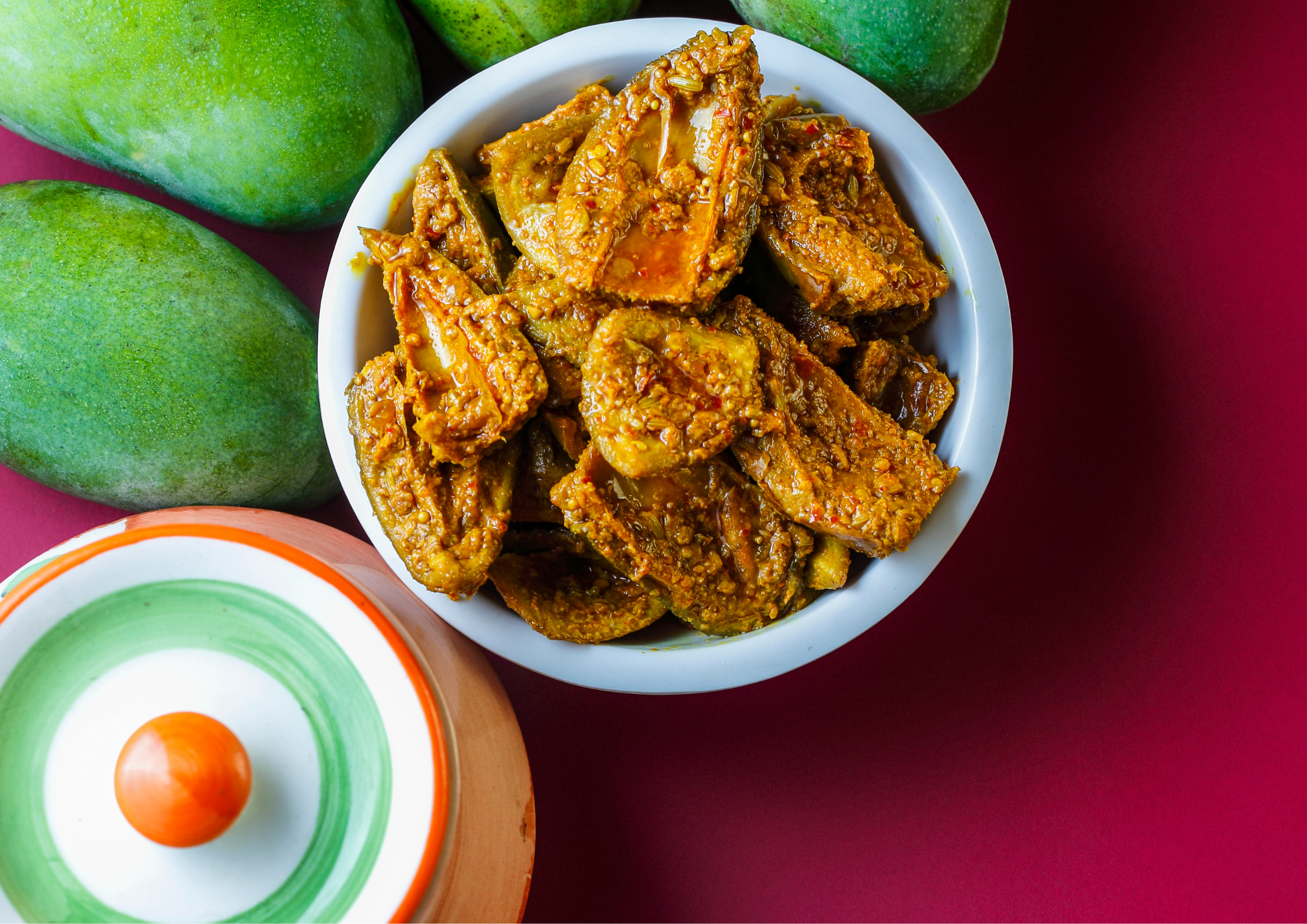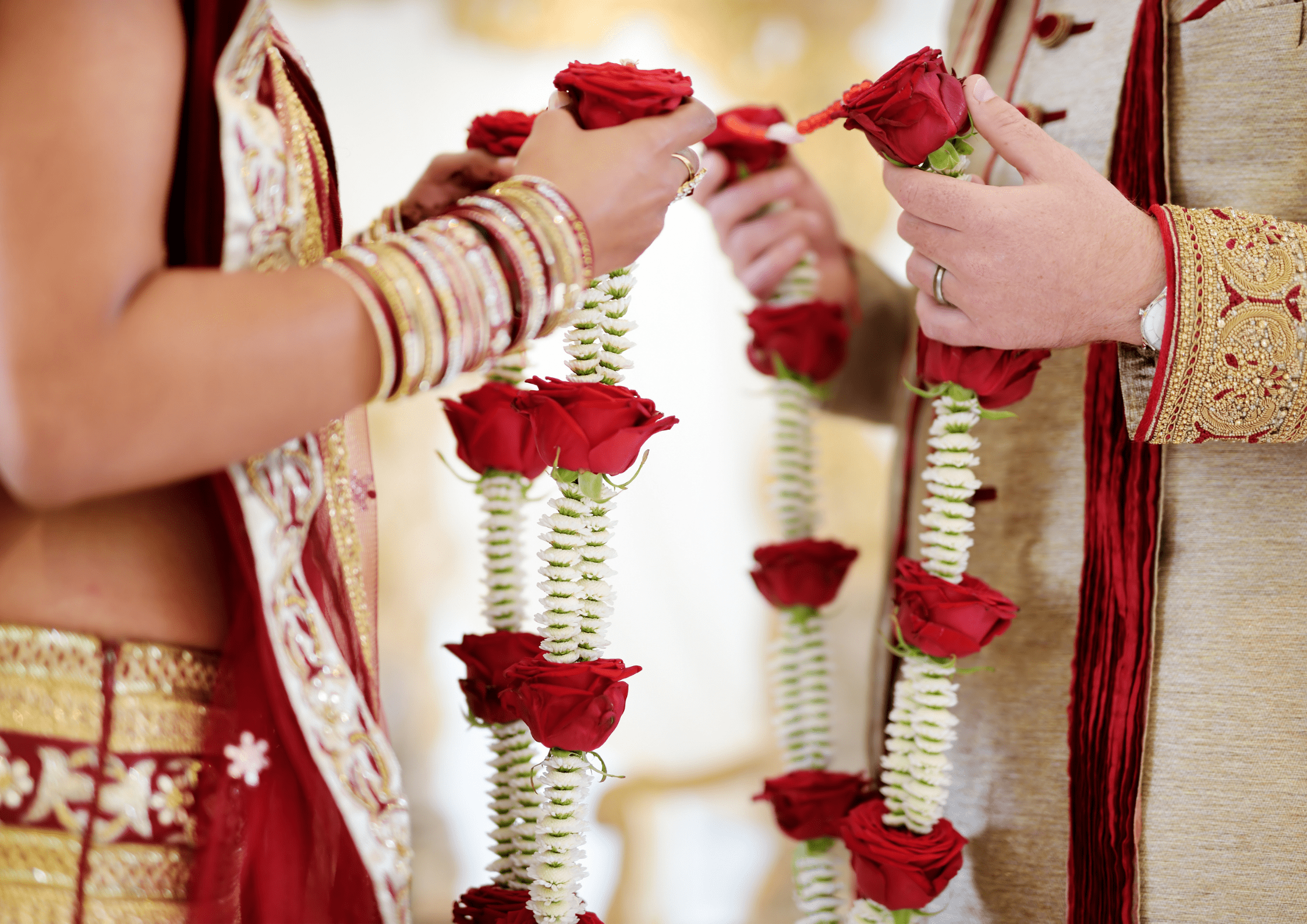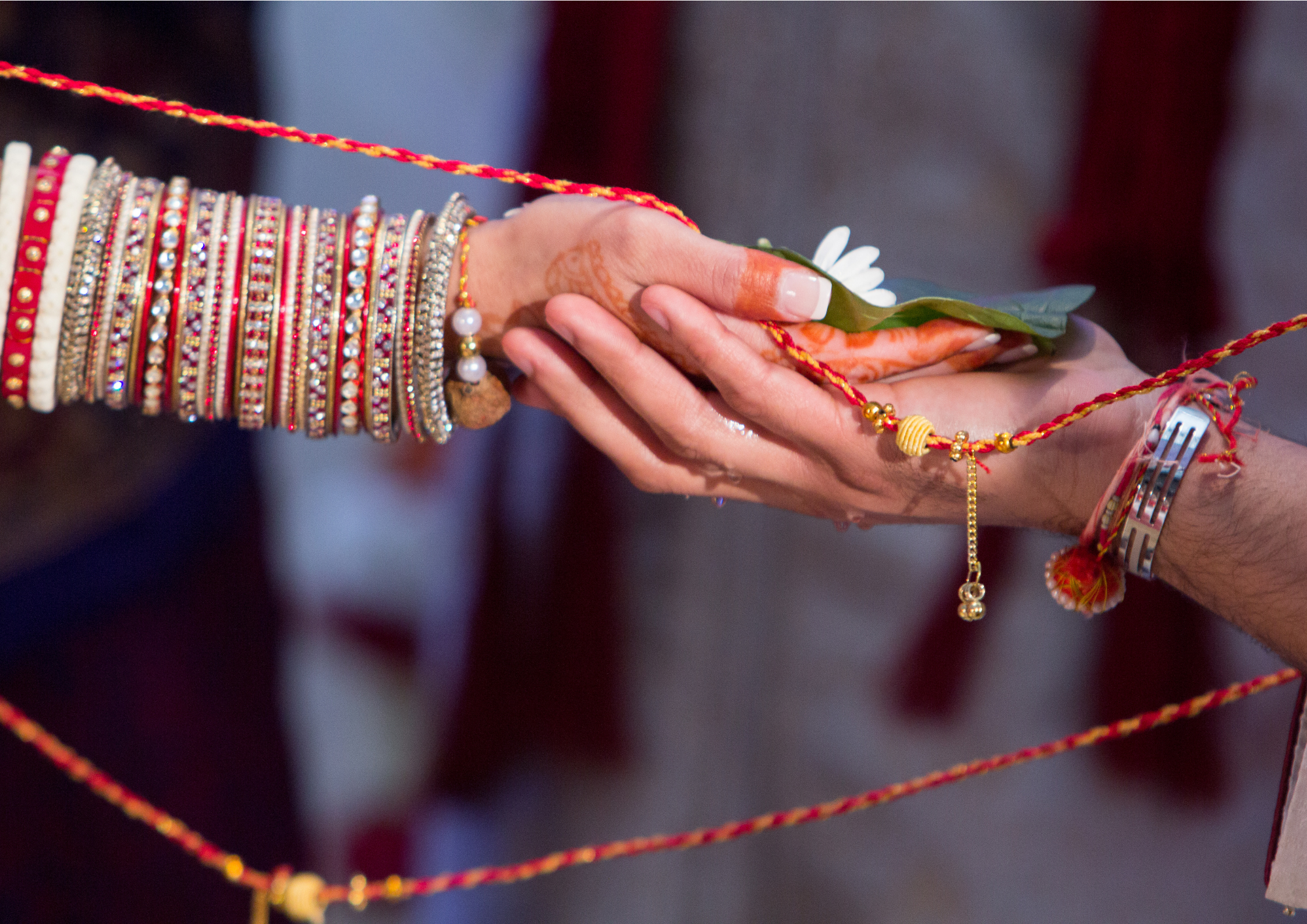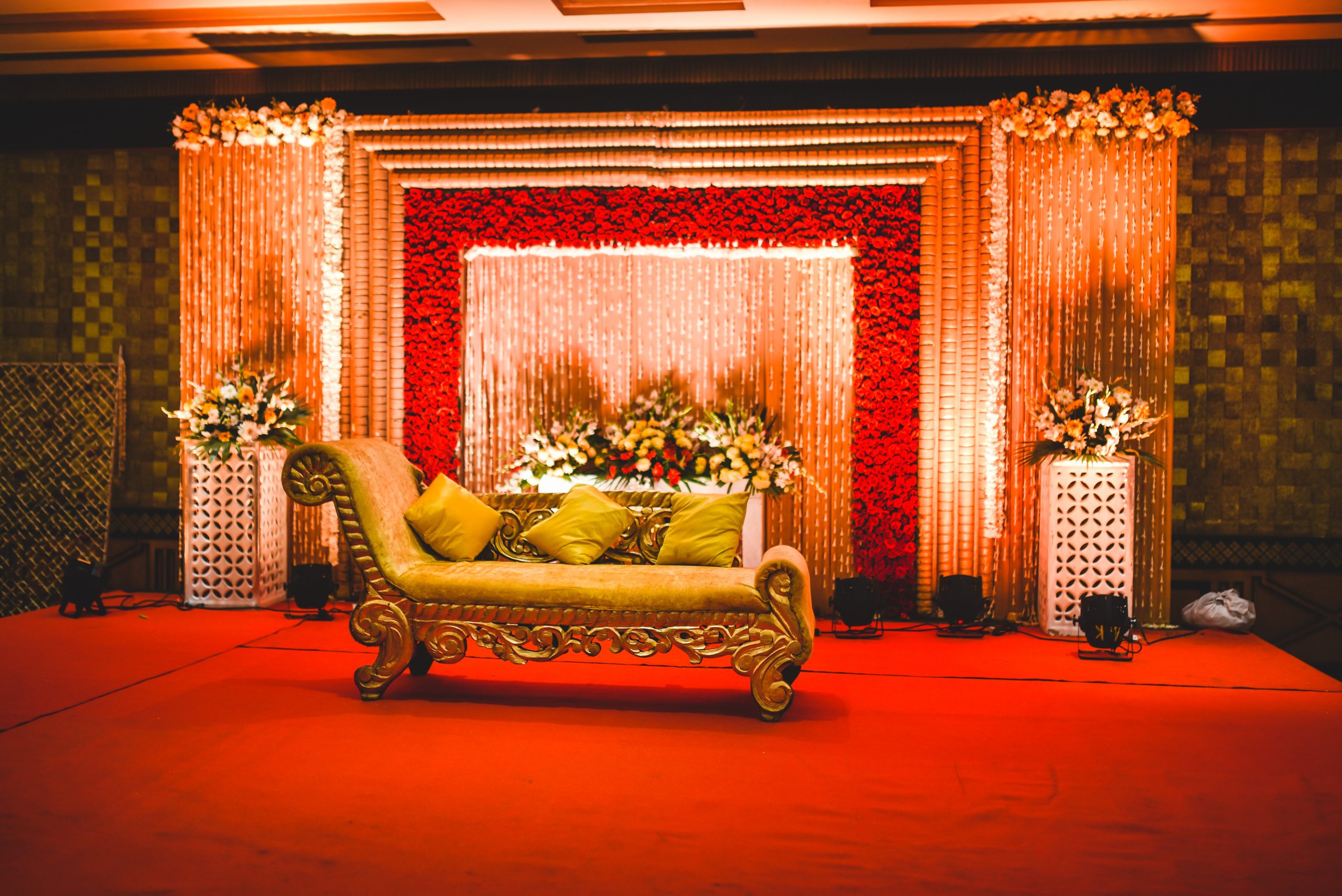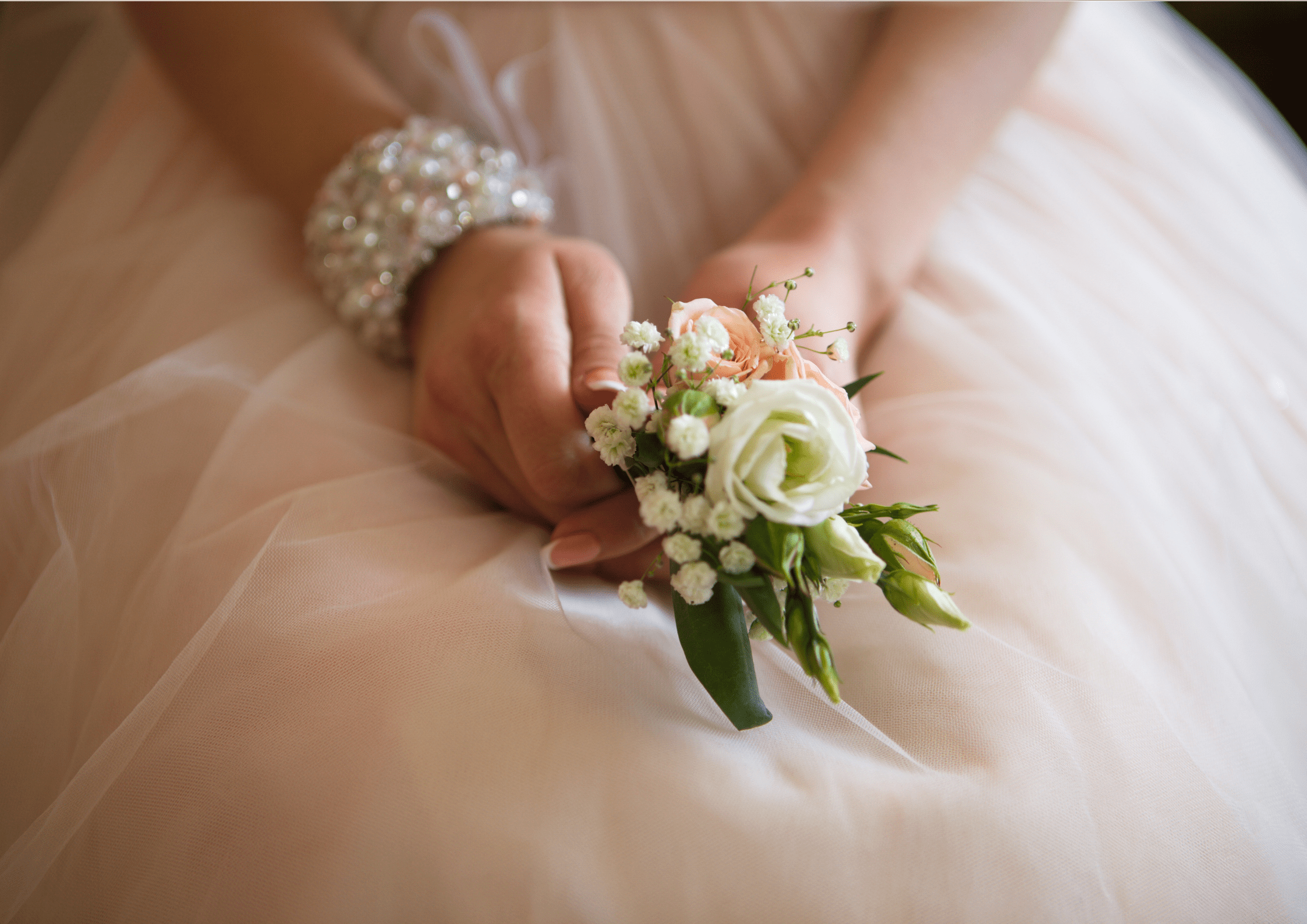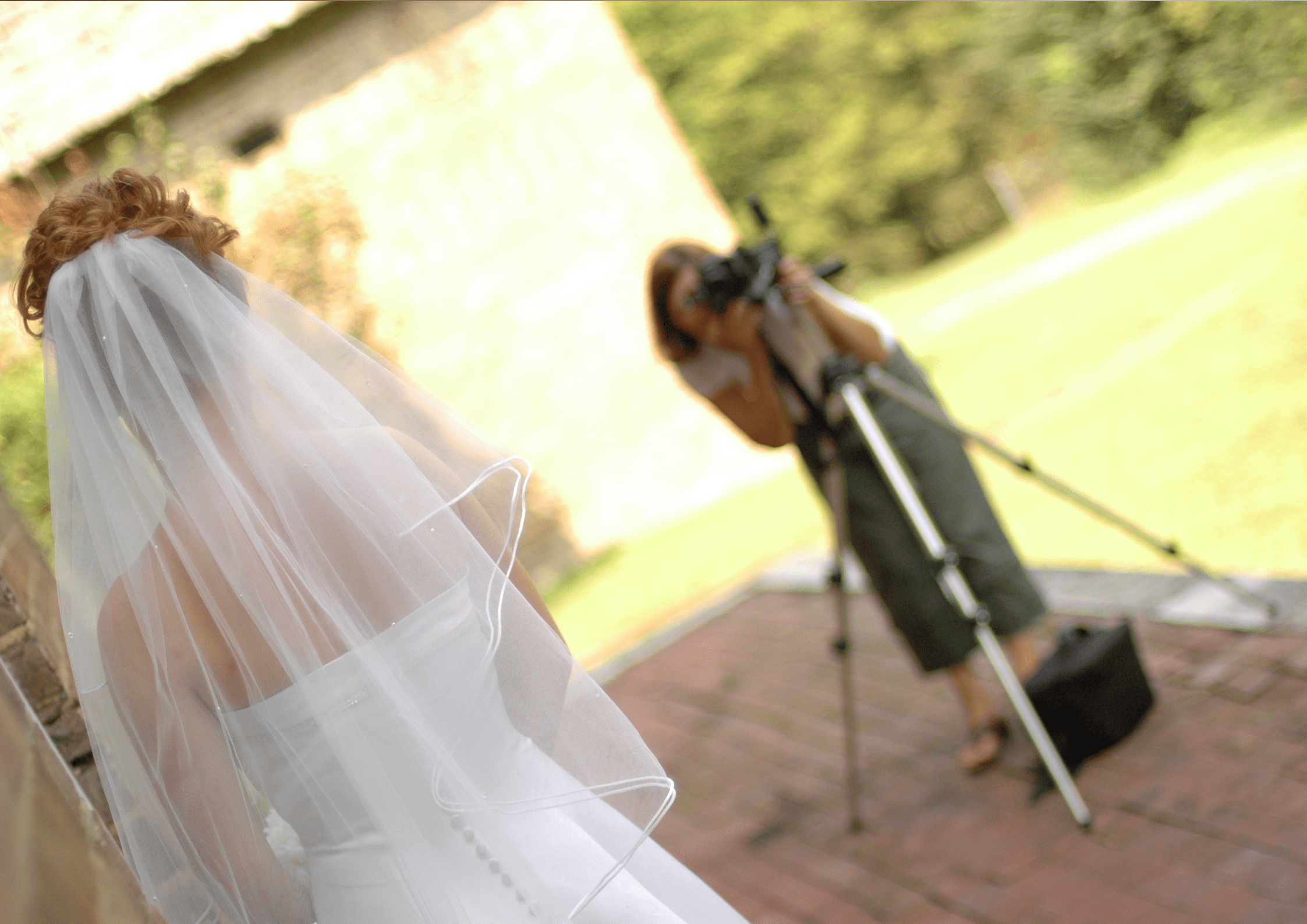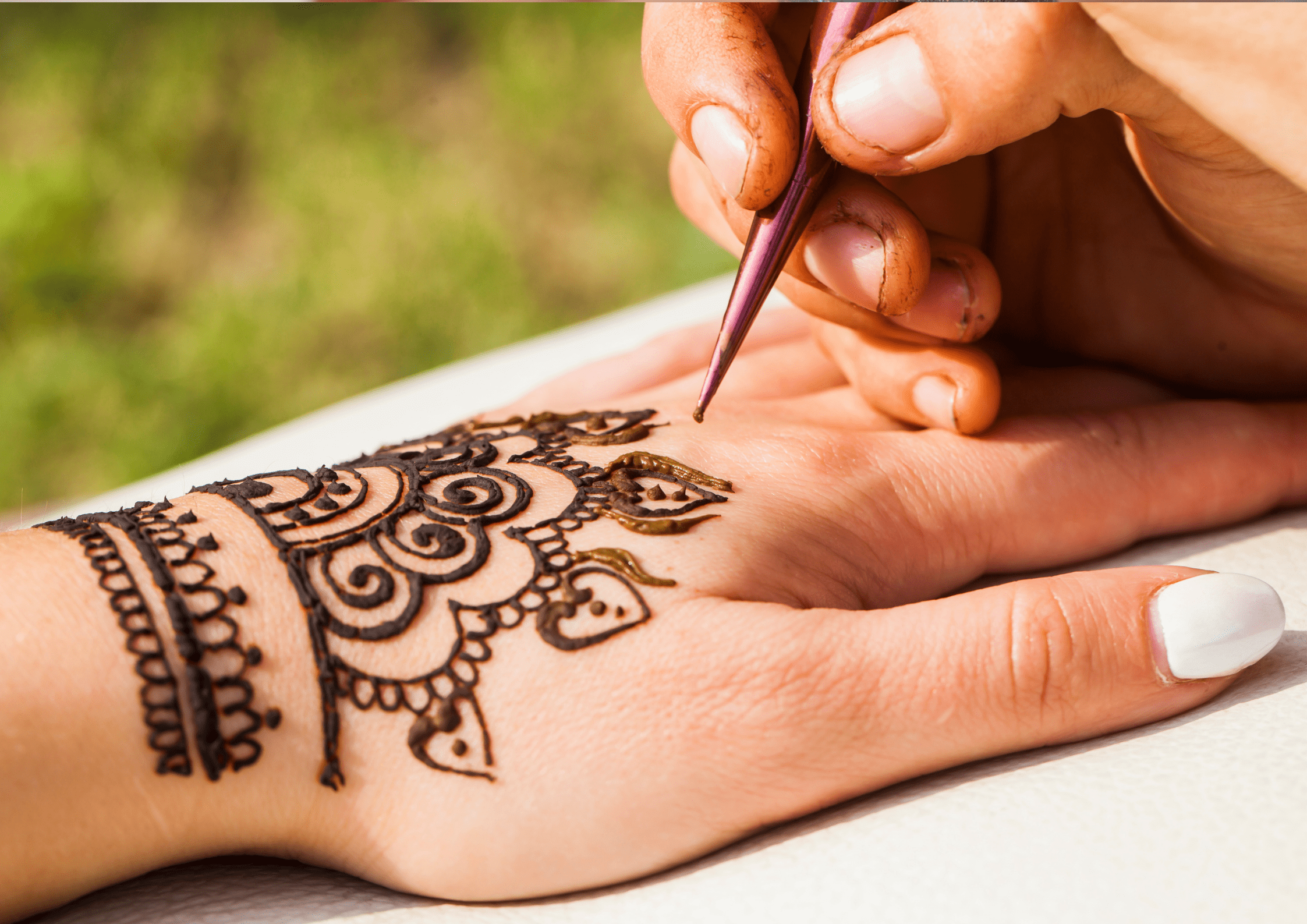Mauritius: A traditional Hindu wedding – Part 2
On the wedding day the bride woke up before sunrise in a house bubbling with excitement. She ate only a few mouthfuls of kheer (sweetened rice cooked in milk) surrounded by some younger cousins before getting ready. Once at the Shivala (hindu temple), the groom’s party also arrived accompanied by the baraat (wedding procession involving live music and dancing). Though it does not hold religious significance, it is a custom which was common in Mauritius but have faded away with time. Thus, it was great to see the groom arriving with a large procession, some people dancing to the rhythm of music.
The bride wore a beautiful red sari heavily embroidered with gold thread and natural flowers in her hair; she also wore gold jewellery, and her hands were covered with henna. The groom wore a traditional off-white outfit with a turban on his head. The wedding pavillion (mandapa) was superbly decorated with soft pink and ivory flowers. Welcomed by his mother-in-law, the groom’s feet were washed, and he was offered milk and honey. Suddenly, according to custom, I saw his sister-in-law attempting to steal his shoes away and asking for a payback to return them.
There were numerous rites performed by the pandit (Hindu priest) among which was the invoking of the God Ganesh and the nine planets. The bride’s brother gave three fistfuls of puffed rice to his sister as a wish for a happy marriage. The bride offered the rice three times to the fire. The priest tied the bride’s sari to the groom’s scarf. This signifies that they have been tied to each other in body, mind, and soul for the rest of their lives and that they have taken the seven steps of fidelity. In Indian weddings, the Mangalsutra is tied around the bride’s neck. It is a cord with two gold pendants, tied in three knots by the groom to symbolise the bonding of the two souls for 100 years. The bride’s father requests the groom’s father to accept his daughter into their family. The bond is tied between the two families for seven generations which is known as Kanyadaan (Giving the Bride Away). Before the newlywed couple leaves the marriage altar, family members gave their blessing Ashirwad (Blessings from the Elders). At that moment, guests were invited to throw flower petals over the couple, sending their blessings to the newlyweds.
Finally, on the following Monday was the Chautari ceremony where the couple came to visit the bride’s mother’s place for the first time as husband and wife. They were accompanied by a few relatives and were invited for lunch. A three coloured welcome cocktail was served as well as some local delicacies such as samosas and spring rolls. Before proceeding for lunch, the bride’s sister was asked to wash the groom’s feet symbolizing respect. An appetizing menu awaited us all; goat and fish curry accompanied by the Mauritian dholl puri and carrot and cucumber salad. The couple cut a cake after the meal, more out of fun than anything else and some young cousins cheekily attempted to scatter butter cream on their face. After singing and dancing with close relatives, the bride tearfully departed with her husband for her new married life.
Zafi

